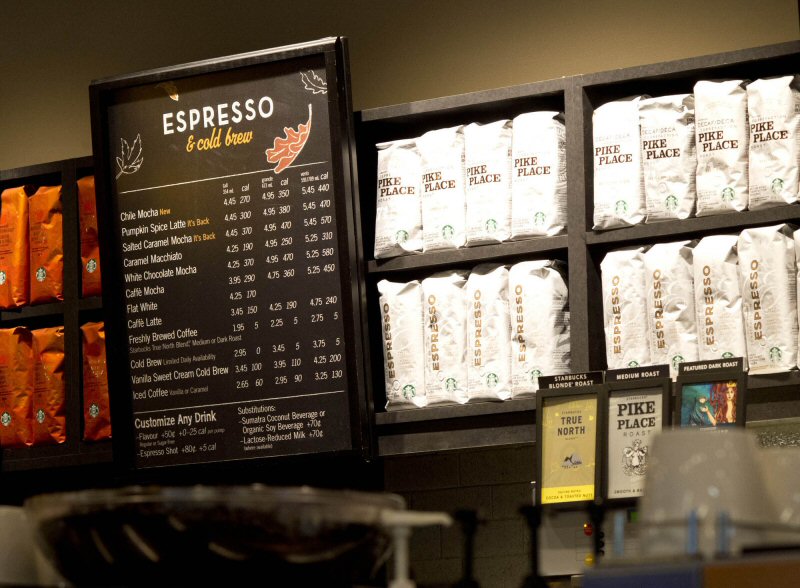8 percent of fast-food eaters make healthy choices based on menu calorie counts, study finds12/1/2016 PHILADELPHIA -- Does it help to know that a double quarter-pounder with cheese delivers 740 calories? Probably not, a new study suggests.
Also read, Proposed Amendments to Strengthen Menu Labelling Regulation. Starting next May, fast-food chains with more than 20 locations in the United States must display calorie counts on menus. But this study questions whether the well-intended regulations will actually steer customers to less-fattening foods. Research in Philadelphia, where such rules already exist, indicate as few as 8 percent of fast-food eaters make healthy choices based on menu calorie counts, the study found. "I believe menu labeling has been an important policy effort to combat a public health problem for which we have few solutions," said study author Andrew Breck. "The success of such a calorie-labeling campaign, however, requires that target consumers simultaneously see the calorie labels, are motivated to eat healthfully, and understand how many calories they should be eating," said Breck. He is a doctoral candidate at NYU Wagner Graduate School of Public Service in New York City. Simply presenting calorie information is not enough, he and his colleagues stressed. To be effective, nutrition labeling must be clearer and larger. It must also reach regular fast-food eaters -- people who expressed more concern with cost and convenience than nutrition, Breck and his colleagues found. The trend toward nutrition labeling on fast-food menus began in response to the U.S. obesity epidemic. About 38 percent of adults and 17 percent of teenagers are obese, according to the U.S. Centers for Disease Control and Prevention. Obesity has been linked to a greater risk of high blood pressure, stroke, diabetes, cancer, and other health issues. Philadelphia in 2010 required fast-food restaurants to post the caloric, fat and sodium content of meals. New York City and Seattle already had similar rules. But based on interviews with 1,400 people in Philadelphia, Breck's team concluded that significant labeling improvements are needed for such laws to have an impact. The researchers analyzed responses from about 700 customers at 15 fast-food eateries in Philadelphia and another 700 people interviewed by phone. SOURCE Don Rauf, WebMD
0 Comments
Leave a Reply. |
Advertisement
News & Updates
Stay informed with the latest news around foodservice, agriculture and other related food news. Advertisement Opportunities
|


 RSS Feed
RSS Feed


